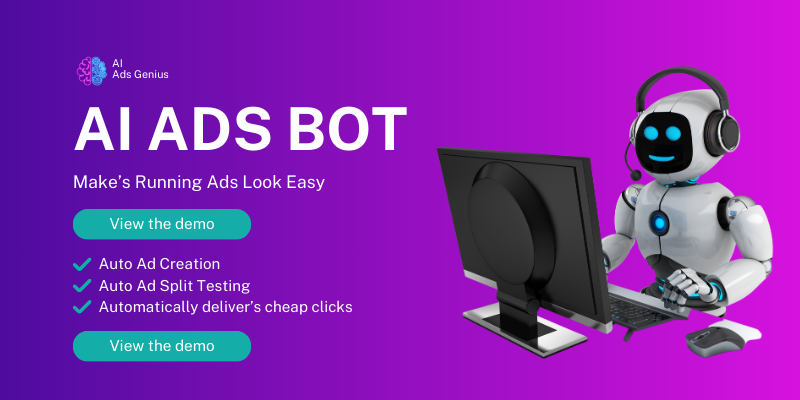Understand Your Product Feed
Importance of Accurate Product Data
First things first, if you wanna nail those Google Shopping Ads, you gotta start with solid foundations—your product feed. This is basically your inventory’s resume, and we all know how important a good resume is! Make sure your product titles are clear and concise. No jargon, just simple and descriptive language that tells customers exactly what they’re looking at.
Don’t forget about including relevant keywords. Think about what your customers might type in Google. (Yes, I said “think.” You got this.) Also, be sure to keep your descriptions informative without being overwhelming. You want them to appeal to potential buyers while also being optimized for search engines.
Never underestimate the power of high-quality images. I always recommend using images that reflect what you’d want to see as a shopper. That means no blurry or poorly lit photos. Eye-catching images can be the difference that compels a consumer to click on your ad instead of someone else’s!
Focus on Competitive Pricing
Research Your Competitors
I can’t stress enough how important it is to keep your eye on the competition. You want to make sure your pricing is competitive without jeoparding your profit margins. Tools like Google Shopping Insights can help you understand where you stand. I use ’em to tweak my prices just right!
Look not just at the price but also at the shipping costs. Sometimes, people prefer a slightly higher price if it comes with free shipping. Pay attention to what others are offering. It might spark some creative ideas for promotions!
Also, be open to running occasional discounts or sales. Everyone loves a good deal, and a little urgency can encourage shoppers to click quickly before your “limited time offer” disappears!
Make Your Ads Stand Out
Utilize Custom Labels
Did you know? Custom labels are like sprinkles on your advertising cupcake! By categorizing your products into segments, you can tailor your ads to reach specific audiences. For instance, if you have a clearance section, you could set a custom label for discounted items. This allows you to craft ad campaigns that catch the shopper’s fancy.
Think about what messages resonate with your customers. Using unique messaging, I’ve found that spicing up copy with terms like “Best Seller” or “Limited Stock” often amasses more clicks. Make sure the emotions you’re trying to convey shine through, or they can definitely get forgotten in the crowd!
Also, let’s not forget about the power of promotions. Highlighting sales or exclusive offers can make your ad pop. Statistically, promotions can improve click-through rates, and I’ve totally witnessed this firsthand!
Leverage Google Ads Features
Incorporate Smart Shopping Campaigns
Okay, how about we get a little fancy? Smart Shopping Campaigns is Google’s way of pulling in data and optimizing your ads automatically. I’ve had my ups and downs with these, but when they work, they really work! They reach audiences on various Google properties, which is a big win!
Make sure to set your campaign goals ahead. You can express these goals within Google, and it helps the system understand what success looks like for you. It’s like giving the algorithm a map; it’ll find the best routes to get to your destination.
Track your results, too! Utilize Google Analytics to keep tabs on how your Smart Shopping campaigns are performing. This helps you adjust your strategies and continue to optimize. Stay engaged with what’s happening!
Analyze & Optimize Regularly
Set Up A Regular Review Schedule
Don’t just set it and forget it—set a schedule to review your performance metrics. I make it a habit to check my Google Shopping performance weekly. This allows me to see what’s working and what needs a little love. Some ads might be killing it while others are flopping, and you need to pivot accordingly.
Look for trends over time. Maybe Monday mornings show an uptick in clicks. Use that data to change your ad schedule accordingly. If you’re able to predict behavior, you stand to gain a huge advantage over your competitors!
Lastly, always be refining your targeting strategies. Experiment! Explore different demographics, locations, and even devices. The more data you gather, the better your future campaigns will be. Trust me, it’s a never-ending learning journey in this game!
Frequently Asked Questions
-
What is the most important aspect of product feed optimization?
The most critical aspect of product feed optimization is ensuring your product data is accurate and complete. This includes using clear titles, relevant keywords, and high-quality images.
-
How can I make my ads stand out?
Make your ads stand out by utilizing custom labels, engaging copy, and emphasizing promotions. Catchy headlines and appealing visuals play a crucial role as well.
-
What are Smart Shopping Campaigns?
Smart Shopping Campaigns are automated campaigns where Google uses machine learning to optimize your ads across platforms. They aim to reach targeted audiences and maximize conversions.
-
How often should I analyze my Google Shopping Ads?
I recommend analyzing your performance metrics weekly. This allows you to adjust strategies and make improvements based on recent data.
-
Can competitive pricing really impact my ad performance?
Absolutely! Competitive pricing can greatly affect your ad performance. It’s essential to frequently research your competitors and price your products effectively to attract more clicks and sales.

